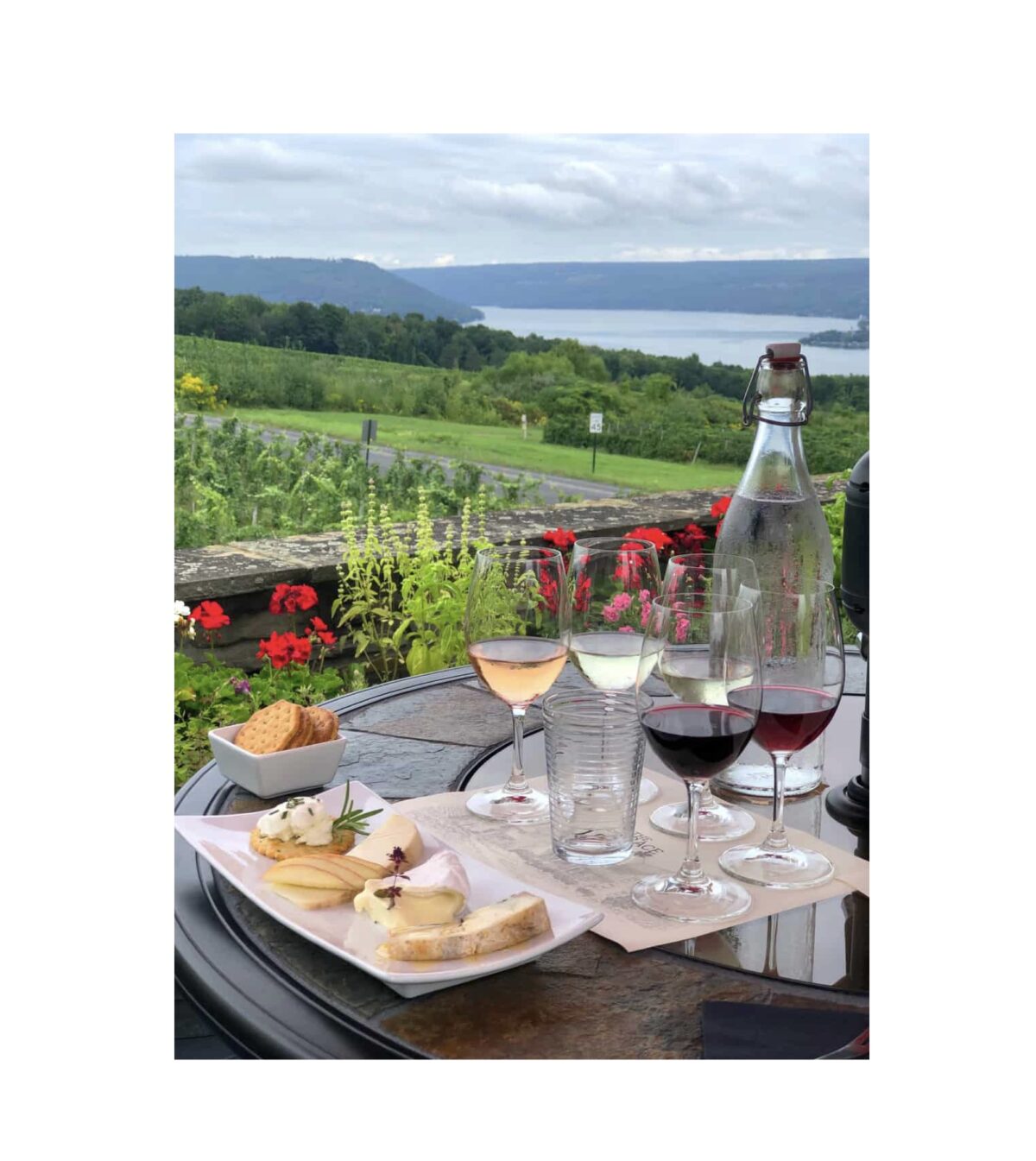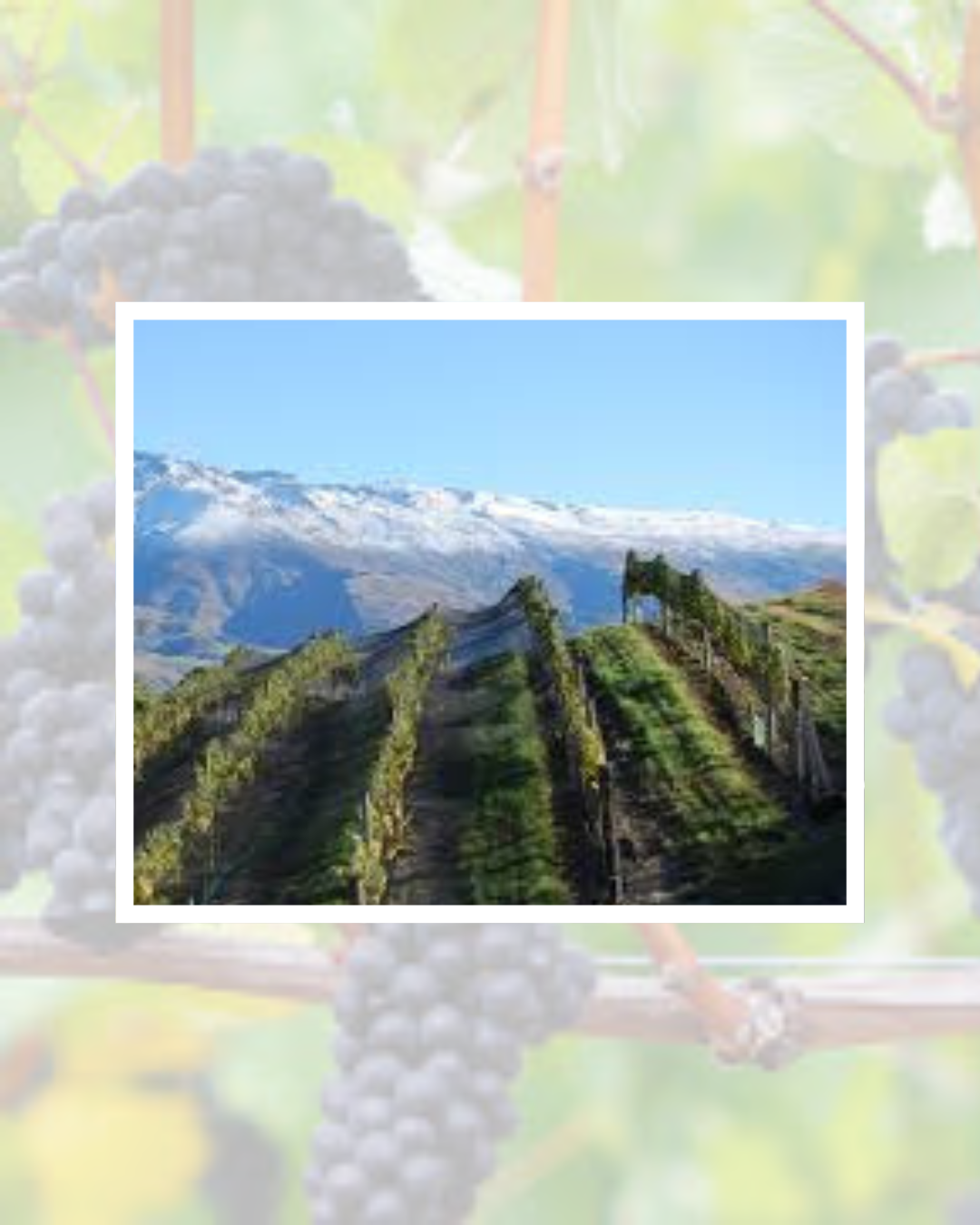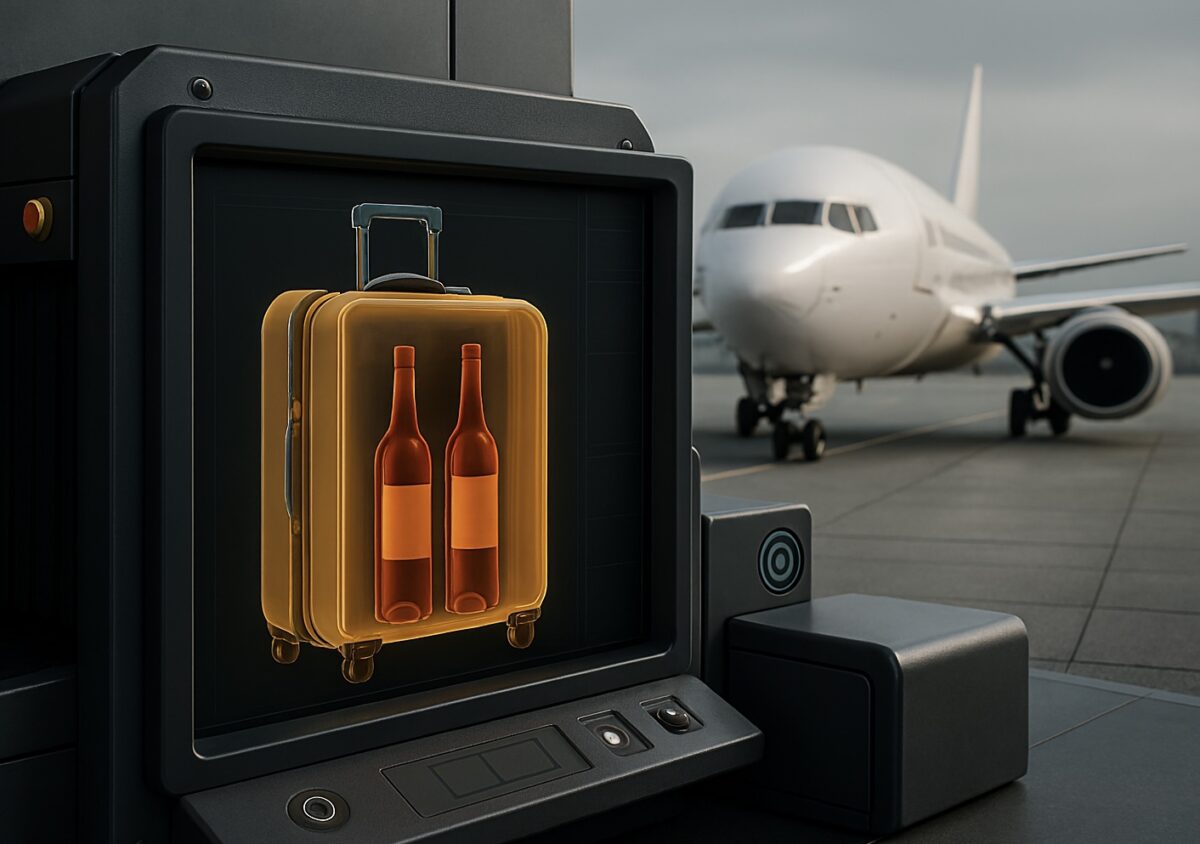For the fourth consecutive year, Dr. Konstantin Frank Winery in New York’s Finger Lakes wine region has been named the Best Winery Tour in the United States by the 2025 USA Today 10Best Readers’ Choice Awards. This recognition underscores the winery’s enduring role in advancing American viticulture and wine tourism through innovation, history, and experiential hospitality. In addition to securing the top honour for winery tours, Dr. Konstantin Frank Winery also ranked among the nation’s leading wine tasting rooms, highlighting its 1886 Food & Wine Experience, where visitors enjoy curated tours followed by seated tastings paired with seasonal culinary creations. The winery’s tasting facilities, knowledgeable staff, and panoramic views of Keuka Lake reinforce its position as a premier destination for wine education, heritage, and sensory exploration.
Here are the results of USA Today’s 10 Best Winery Tours, 10 Best Tasting Rooms, and 10 Best Winery Restaurants:
USA Today’s 10 Best Winery Tours
Dr. Konstantin Frank Winery (Hammondsport, New York)
Baldacci Family Vineyards (Napa, California)
Eberle Winery (Paso Robles, California)
Buena Vista Winery (Sonoma, California)
Jordan Vineyard & Winery (Healdsburg, California)
Francis Ford Coppola Winery (Geyserville, California)
Grape Creek Vineyards (Fredericksburg, Texas)
Cline Family Cellars (Sonoma, California)
Benziger Family Winery (Glen Ellen, California)
Alma Rosa Winery & Vineyards (Solvang, California)
USA Today’s 10 Best Tasting Rooms
Willamette Valley Vineyards (Turner, Oregon)
Stoller Family Estate (Dayton, Oregon)
Dr. Konstantin Frank Winery (Hammondsport, New York)
Los Milics Vineyards (Elgin and Scottsdale, Arizona)
Final Girl Wines (Solvang, California)
Rune Wines (Sonoita, Arizona)
Irvine & Roberts Vineyards (Ashland, Oregon)
Durant Vineyards (Dayton, Oregon)
Boordy Vineyards (Hydes, Maryland)
McPherson Cellars (Lubbock, Texas)
USA Today’s 10Best Winery Restaurants
Roblar Winery and Vineyards (Santa Ynez, California)
Farm & Forage at Sokol Blosser Winery (Dayton, Oregon)
The Restaurant at JUSTIN (Paso Robles, California)
Black Star Farms (Suttons Bay, Michigan)
The Tasting Barn at Ryan William Vineyard (Burdett, New York)
Arbor Crest Wine Cellars (Spokane, Washington)
Bolero Restaurante (Temecula, California)
Farm Cafe (Lodi, California)
Pronghorn Pizza (Sonoita, Arizona)
The Kitchen at Abeja (Walla Walla, Washington)
USA Today’s 10 Best Winery Restaurants
Roblar Winery and Vineyards (Santa Ynez, California)
Farm & Forage at Sokol Blosser Winery (Dayton, Oregon)
The Restaurant at JUSTIN (Paso Robles, California)
Black Star Farms (Suttons Bay, Michigan)
The Tasting Barn at Ryan William Vineyard (Burdett, New York)
Arbor Crest Wine Cellars (Spokane, Washington)
Bolero Restaurante (Temecula, California)
Farm Cafe (Lodi, California)
Pronghorn Pizza (Sonoita, Arizona)
The Kitchen at Abeja (Walla Walla, Washington)
The 2025 USA Today 10Best Readers’ Choice Awards showcase how wineries across the United States are elevating wine tourism through innovation, hospitality, and memorable visitor experiences. From the historic estates of New York’s Finger Lakes to the acclaimed tasting rooms of Oregon, the culinary-driven winery restaurants of California, and the boutique vineyards of Texas and Arizona, these award-winning destinations reflect the diversity and richness of American wine culture. Together, they highlight how wine tourism fosters regional identity, supports local economies, and deepens travellers’ connections to both place and tradition. These celebrated wineries offer the perfect opportunity to plan a journey that combines history, education, gastronomy, and the joy of discovery, an invitation to explore the very best of U.S. wine country.







